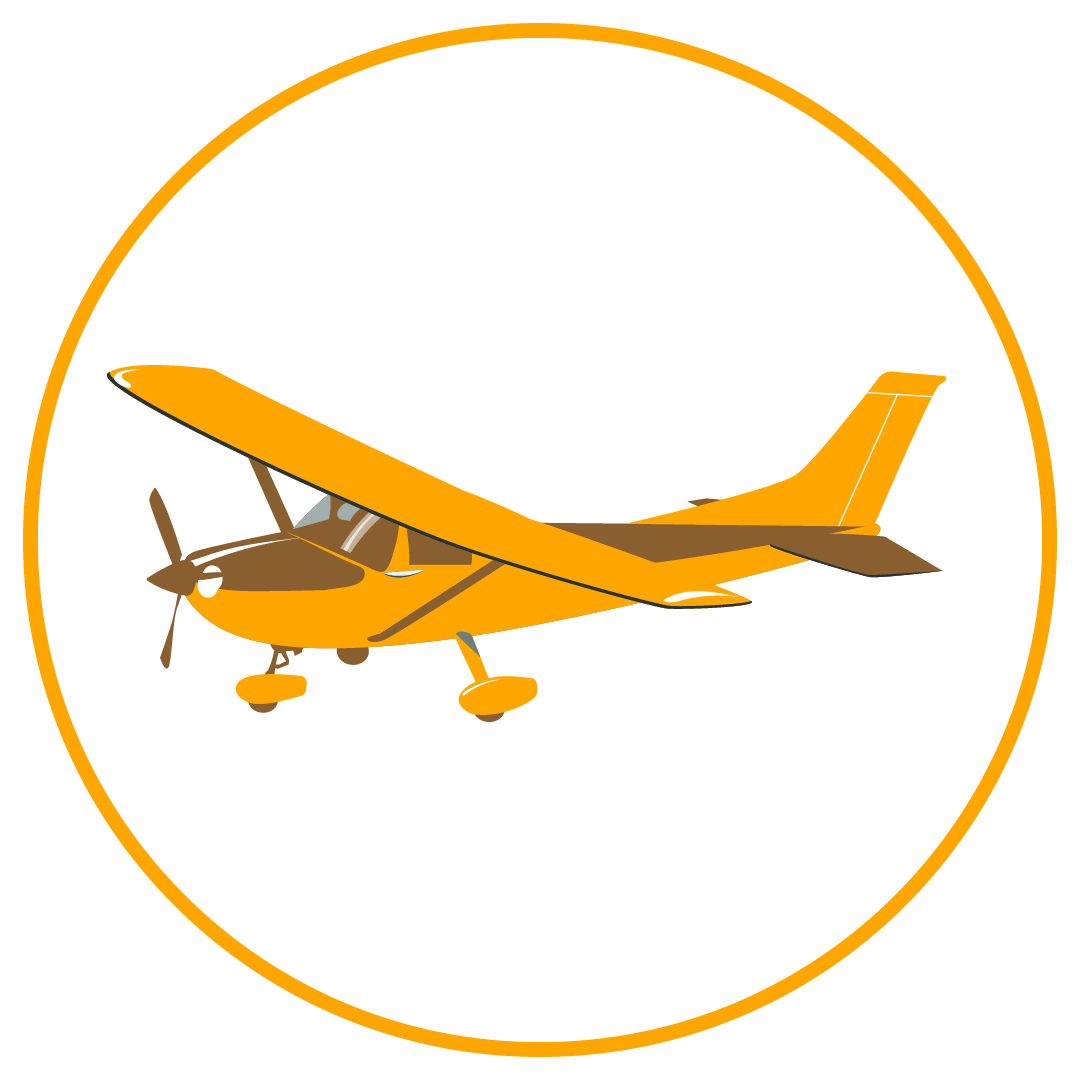The Austral Islands
As their name suggests, the Austral Islands are located south of the island of Tahiti, on the Tropic of Capricorn and represent the southern limit of French Polynesia. The climate is cooler than in Tahiti offering these islands a full-fledged ecological system, conducive to self-sufficiency and operating a particularly magical and authentic charm.
Discovered by Europeans in the 18th century, the Austral Islands are located 600 km south of the Polynesian capital. The archipelago is made up of seven islands, five of which are inhabited and four of which are only accessible by air. This intact and mysterious country where the white sand clashes with the intense blue of the lagoons, comes off the beaten track offering a memorable and unique experience of Tahiti And Its Islands.
From breathtaking landscapes, from steep mountains to valleys and highlands, these islands are famous for their agricultural activities. Some archaeological remains are hidden on each island, testifying to a pre-European community well organized around very rich cultural and religious practices.
The cliffs and caves of the Austral Islands are legendary places. These areas were former burial sites, and are now a great place to watch humpback whales nestling in the open waters. Humpback whales come to the Austral Islands from August to October each year to give birth.
These contrasting landscapes elegantly blend with the friendliness of the inhabitants. Visit the colorful and picturesque villages to discover the work of the islanders who live mainly on their works of art. Also take the opportunity to watch fishermen, farmers and artisan weavers at work. Be sure to bring a woven hat or basket to remind you of your magical stay in the Austral Islands.
The Austral Islands are a rare opportunity to discover Tahiti and its islands in a different light

Crédit photo : Tahiti Tourisme
About the Austral islands

1h30
from Tahiti

6 820
residents

Tubuai
administrative center

93
Kilometers²
Why go to the Austral Islands?
Whale watching
Humpback whales arrive in Rurutu every year. They come between August and October to mate and give birth in the incredibly clear waters of Rurutu. Mothers and calves swim underwater while males and females communicate by singing melodies that delight observers … a rare and unique spectacle.
Little-known archaeological sites
Many pre-European archaeological sites can still be found around Tubuai. Most of them have been abandoned and merge with lush vegetation, but some of them are well maintained and worth a visit. Ask a professional guide or your hosts to accompany you to visit these sites. Your guides will enlighten you on the unique and authentic stories of the marae and the legends of the island.
Raw nature
The island mixes beautiful white and white fine sand with deserted beaches, a crystalline lagoon, lush valleys, varied agriculture, majestic peaks and unforgettable hiking trails. Land and sea blend silently offering travelers an experience that will remain etched in their memories.
Rurutu
The island was formed by a series of consecutive volcanic eruptions, which gave birth to unusual mountains surrounded by coral cliffs. This natural event gave its name to “Rurutu” which means “the rock which springs”. Basalt rocks and a limestone belt provide surprising stalactites and stalagmites around the ancient lagoon, now transformed into a coral reef.
The cool climate is conducive to lush vegetation that covers the rocks of the island. A bend road will take you on a poetic and impressive trip, combining long white sandy beaches, beautiful bays and various plantations. Coffee, pineapple, wild basil and lychees abound around these rich lands.
In this pristine environment, only 2,404 inhabitants live to the rhythm of their traditions and regularly organize friendly games. The Tere Fa’ati festival brings together all the villages where men compete in strength by lifting volcanic rocks weighing up to 70 kg.
You can better discover the charms of Rurutu by interacting with the local population, such as the mama, smiling women who spend their days weaving with local materials, specific to the region. Their agile hands give birth to delicate works such as paintings or carpets and also fine woven hats. They are also experts in the manufacture of tifaifai, traditional patchwork blankets presenting exotic models and requiring patience and know-how.
Finally, do not miss a ballet of whales, attracting amateurs and researchers from around the world each year. Whales come very close to the shore to give birth to their calves, and adventurous snorkelers can share a very special moment with these queens of the sea.
Tubuai
Tubuai is the largest island in this archipelago, hosting the main public and economic services of the archipelago. Its reef is dispersed between fine stones and volcanic rocks. The huge lagoon, almost twice the size of the island itself, offers 85 km² of pure aquatic pleasure. The mild climate makes these islands ideal for farming. The lilies are cultivated for export and can be seen in fields as far as the eye can see.
The first explorers were struck by the beauty of the island. Towards the end of the 19th century, Wallis and Cook explorers appreciated the lush vegetation and crystal clear water of the island. However, the area did not seem suitable for good anchoring given the great barrier reef around the coast. This disadvantage has turned into an advantage in the eyes of the famous mutineers of HMS Bounty. Led by Christian Fletcher, they tried unsuccessfully to settle down and build Fort George, which no longer exists.
Raivavae
The island has a large lagoon surrounded by a coral reef made up of 28 motu. The cool climate is very favorable for agriculture. The inhabitants, living in four different villages, cultivate taro and coffee, but also mangoes and banana trees.
“Raivavae” which means “the open sky” is a great place to listen to the sounds and songs of seabirds, the ocean swell and the gentle wind. Often considered the most beautiful island in the Pacific, the magnificent landscape of Raivavae lives up to its reputation as the Garden of Eden. Floating on an emerald lagoon, the island shelters astonishing vestiges, like a laughing tiki. Many objects are kept in private collections of several Western museums testifying to intense pre-European religious and cultural practices.
Local people have chosen to keep their island intact and have developed a concept of eco-tourism welcoming travelers in a warm and simple way. Aside from handicrafts, Raivavae is the only island where traditional canoes are still made, allowing the visitor to travel back in time, the ancient times of this mystical and beautiful island.
Rimatara
Although Rimatara is the smallest of the Austral Islands, it has a special charm with many hidden beauties. In the hollow of this circular island, one has the impression that time has stopped. With only a small lagoon, the island is also one of the last shelters of an endangered bird species, the Khul Lori or vini ‘ura, a bird whose colorful feathers light up the sky of Rimatara . Access to the island was exclusively by sea and since recently it has been linked to Papeete by plane.
The main occupation of the population, apart from agriculture, is basket weaving and especially the preparation of leaves of fara pae’ore (a variety of pandanus without thorns) which are used to make fabrics.
Crédit textes : Tahiti Tourisme
